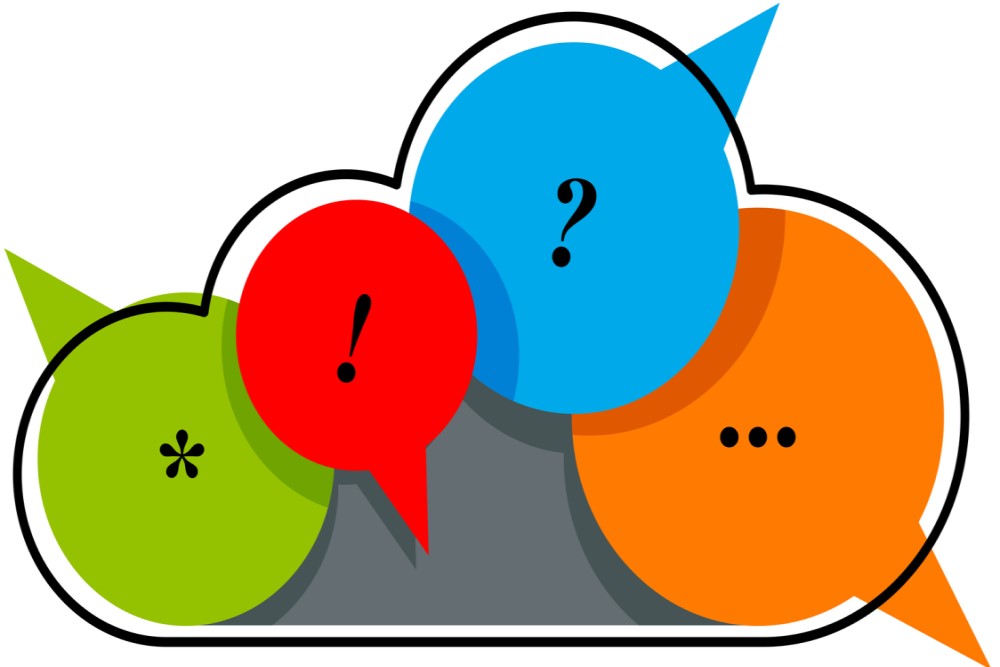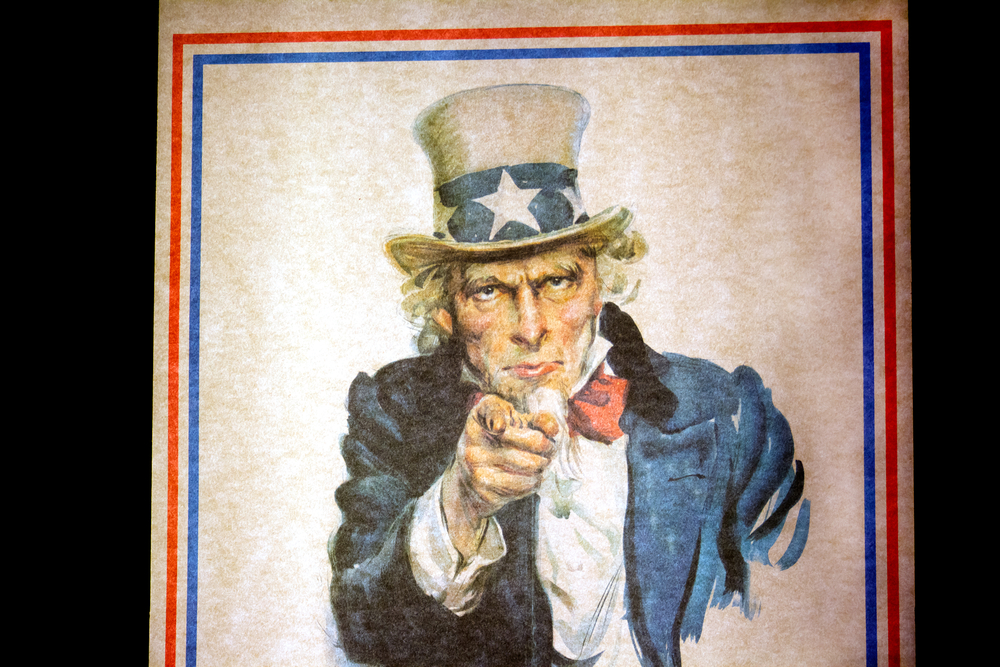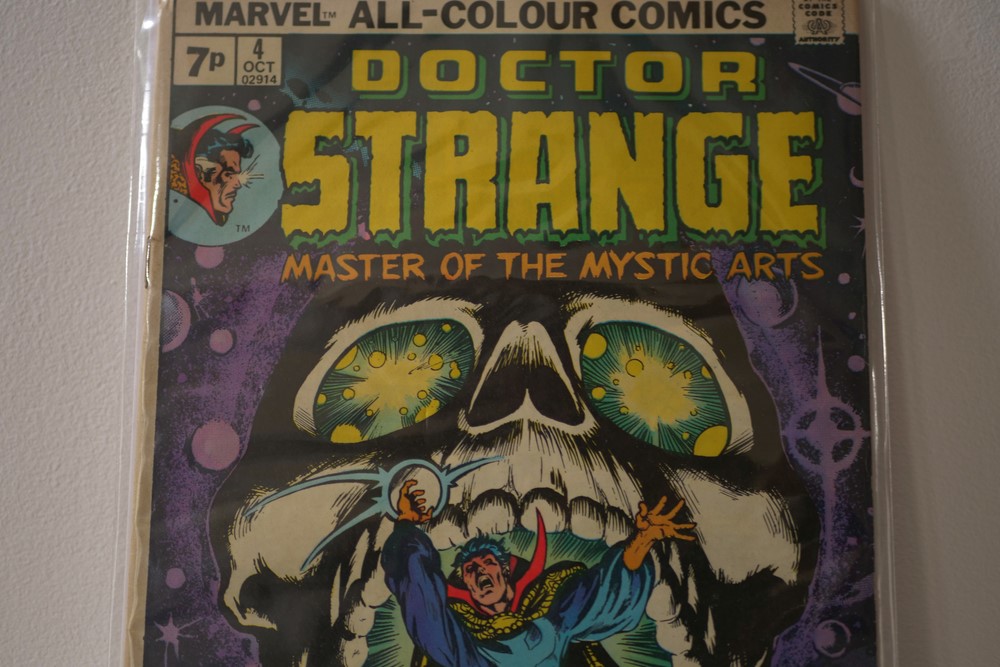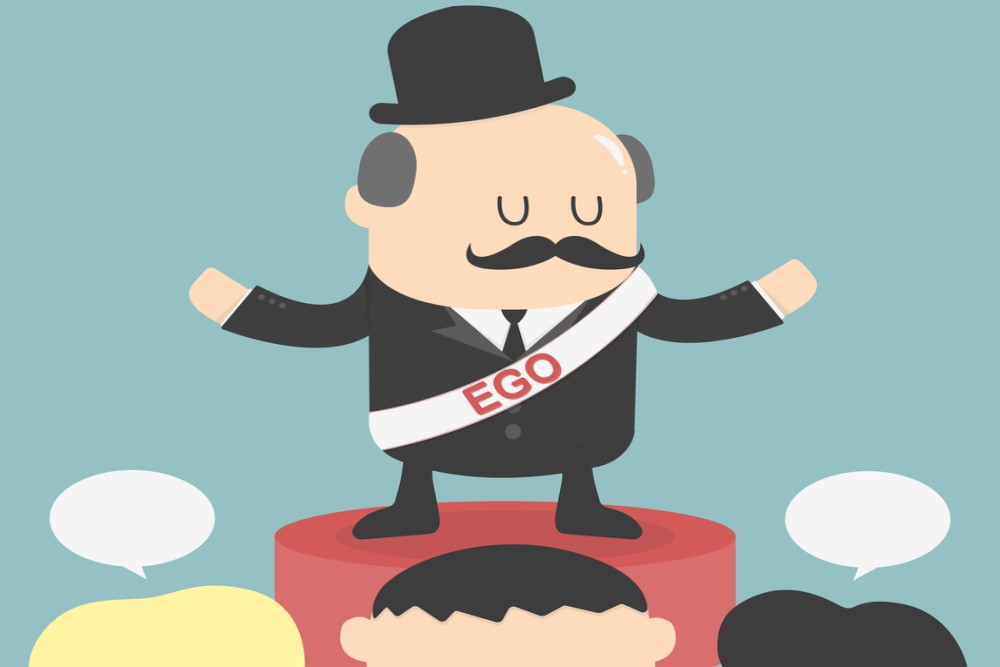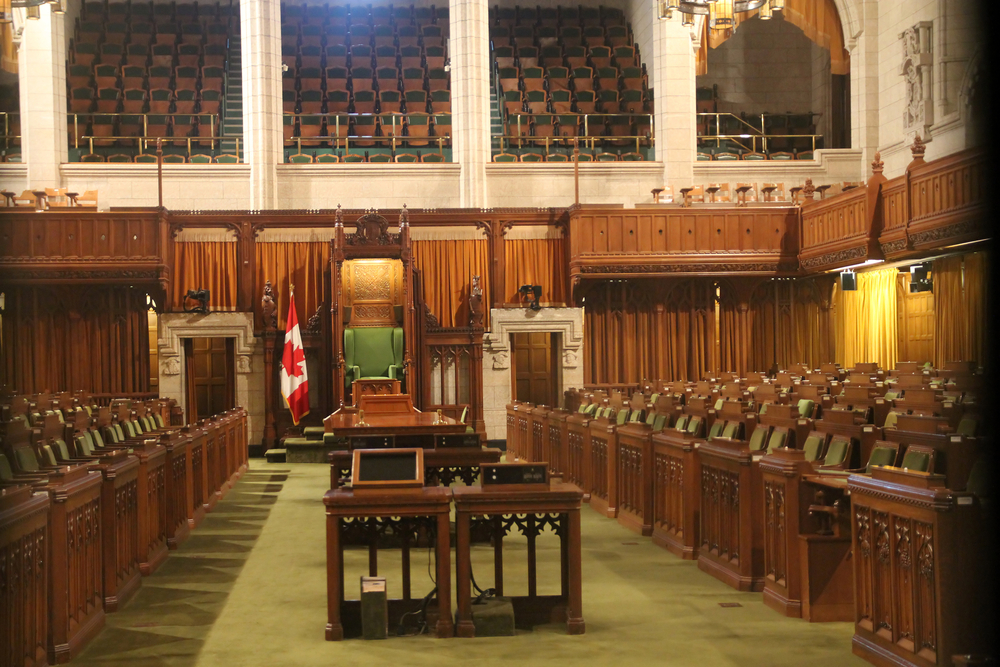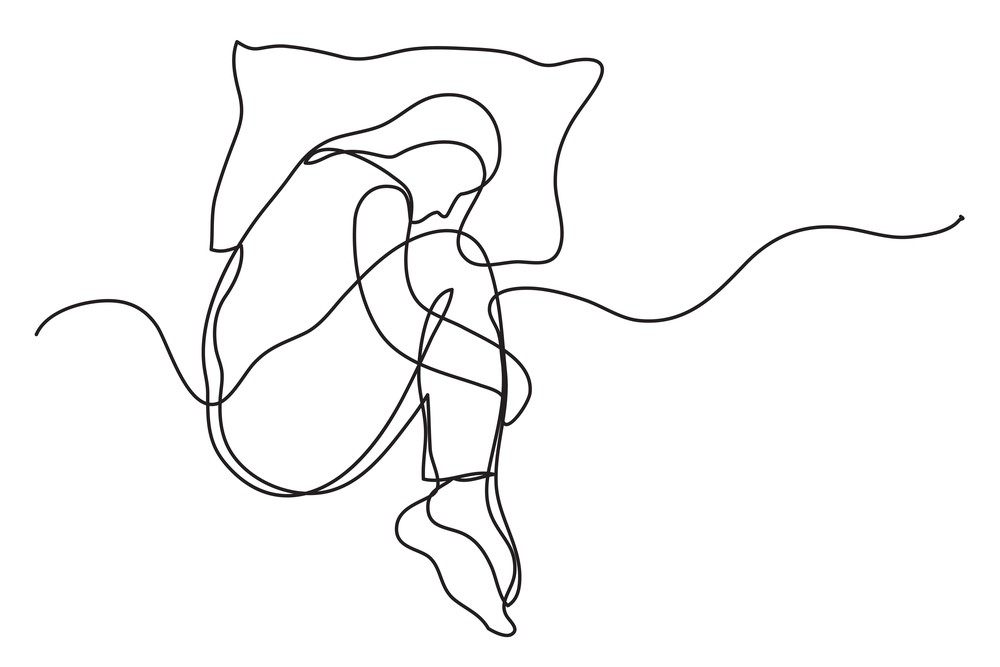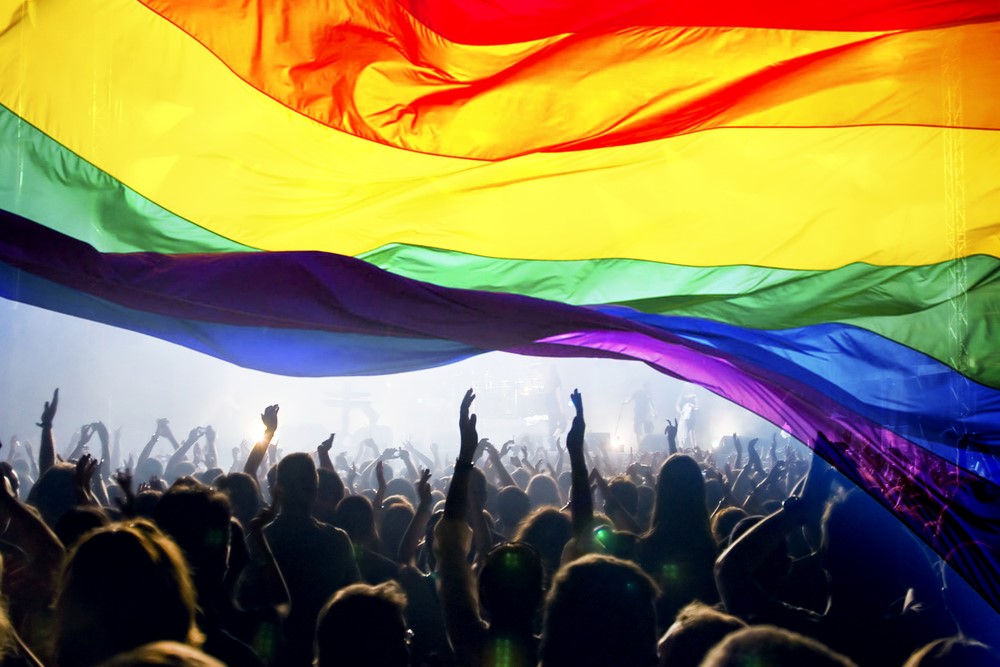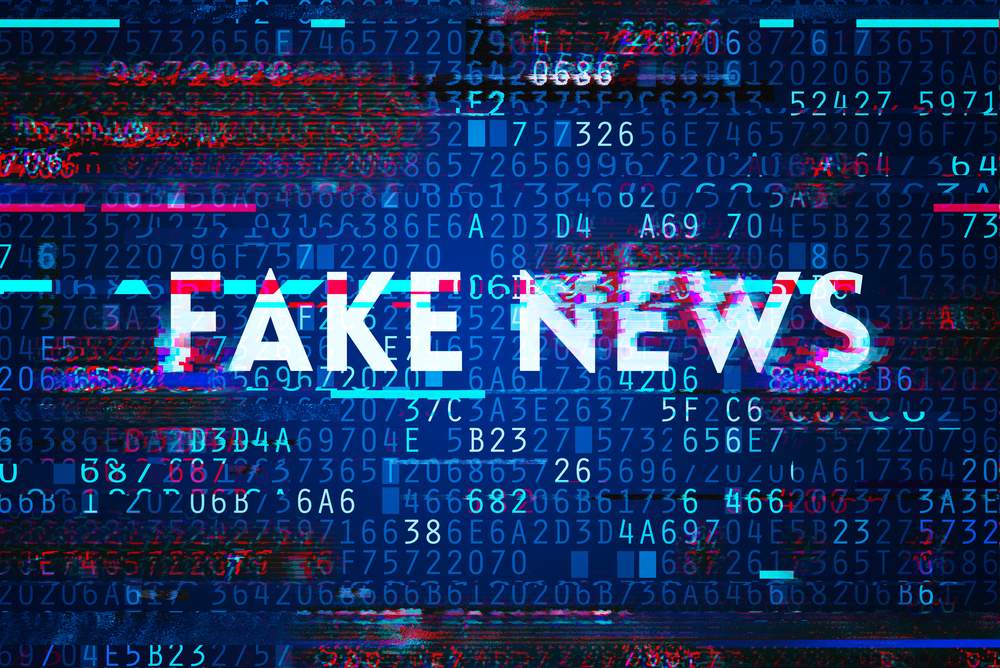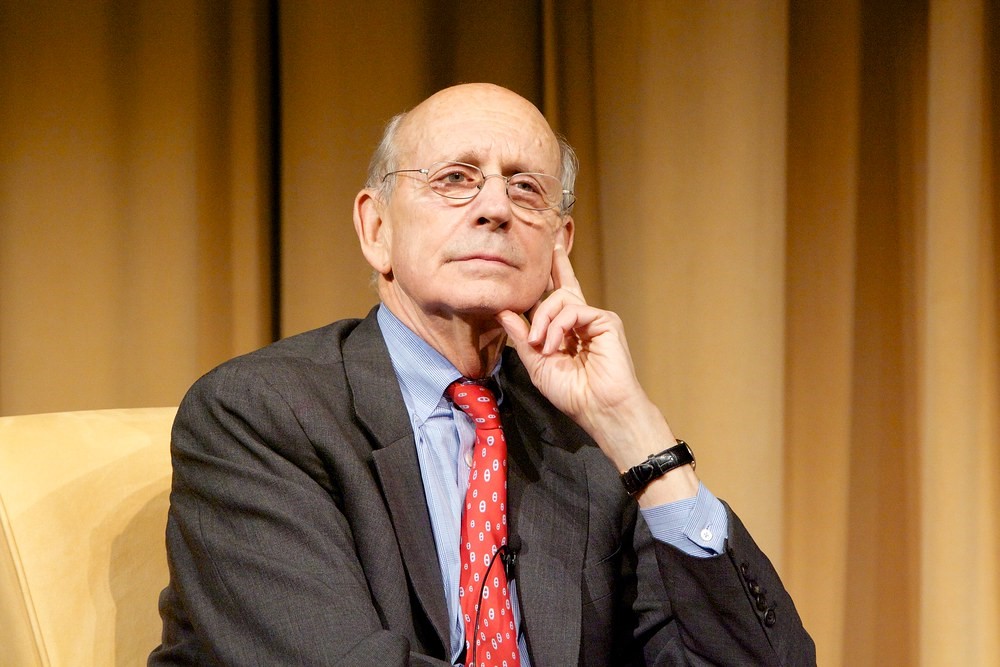Universities around the country have, in the last century, shifted their focus from a traditional liberal arts curriculum to an increasingly “practical” or vocational form of education. There is a popular conception that the purpose of higher education is some form of job-training. A cursory Google search will produce a number of articles asking whether college is a “sound investment,” or whether college graduates make more money than their peers who elect to forego college for work. Virtually every one of these articles defines the worth of a college degree in purely economic terms. There is little room to deny that, in our modern liberal democracy, making money is a practical necessity. Yet, I think there is something deeply confused about the attempt to reduce the value of education generally — and higher education specifically — to the economic gains that come from education. I have argued elsewhere that conflating the so-called “practicality” of education with the “vocationality” of education is a conceptual mistake, so I will not rehearse those arguments here.
Instead, I intend to discuss a related problem present in the ways we conceive of the nature, purpose, and value of higher education. Following the 2008 recession, there was a marked shift in students’ and educators’ priorities toward STEM (science, technology, engineering, and mathematics) fields. People seem to see STEM fields as a means to a professional end — scientists, engineers, and folks in tech tend to make money, and that’s something people in a precarious economic environment want. We can see the need for economic stability reflected in every aspect of the university, including many college and university mission and vision statements.
It is not difficult to see the ways in which gaining technical proficiency in biology or engineering, for example, will prepare students for a career. However, what some students and educators fail to recognize is that even areas within sciences that most directly correlate to in-demand jobs need the humanities. In preparing a guest lecture on engineering ethics, I looked into the nature of professional ethics generally. This led me to think about the nature of a profession and why it is important that certain professions have ethical guidelines by which practitioners must abide. The word “profession” is derived from the late Latin professus, which roughly means “to profess one’s vows.” One might wonder what a profession of one’s vows has to do with a “profession” as we consider it today. The answer is surprisingly straightforward — in the monastic tradition, monks were asked to make a public declaration of their commitment to living a more just, ethical life in light of their training. Accordingly, they would profess their commitment to living according to this higher standard. Such dedications bled over into highly skilled and highly specialized trades — as jobs require increasingly specific training, it becomes increasingly important that the people who take on these skilled positions profess to self-govern according to higher standards, if only because the number of people who have the knowledge to provide a check on them has become vanishingly small. There can be little doubt that technicians at every level need to behave ethically, but with a larger peer group, there are more individuals, and more opportunities to recognize and correct potential abuse. As William F. May powerfully states, “if knowledge is power, then ignorance is powerlessness. Although it is possible to devise structures that limit the opportunities for abuse of specialized knowledge, ultimately one needs to cultivate virtue in those who wield that relatively inaccessible power.”
It is not difficult to see how we can take this idea of professionalism as tied with virtue and apply it to higher education today. Let’s take the example of our engineering students. Within the field of engineering, there are different fields of sub-specialization, the result of which is a (relatively) small number of professional peers — those with the specialized knowledge to recognize and correct potential problems before they become catastrophic. The fact that students in a senior-level engineering class already have narrowly defined expertise that differs from peers in the same class highlights the need for a curriculum that instills ethics early on.
This problem becomes more acute as students graduate and enter the profession. As the number of engineers who have the specific knowledge necessary to evaluate the choices made by any given engineer is so small, we must rely on the engineers themselves to abide by a higher standard — especially in light of the public-facing nature of the work engineers undertake. Engineering is a profession, and as such we need engineers who profess to, and actually do, live and work according to a higher standard. Such a profession requires more than mere compliance with a code of conduct. As Michael Pritchard notes, “professional codes of ethics are not static documents. But even if a code is relatively unchanging, it is not simply an algorithm for decision making. It must be applied – which calls for independent judgment on the part of the professional.” In light of this understanding of the nature and demands of professionalism, I propose that universities insist upon an increased emphasis on humanities — those fields whose value is less directly connected to vocational outcomes and are more easily connected to the development of character, person, and civic responsibility. Humanistic fields are just as valuable as more vocationally-directed fields, even to those vocational-directed fields themselves.
According to a recent report from the Bureau of Labor Statistics, many institutions were ill-prepared to handle the influx of people looking for STEM degrees following the 2008 recession. The BLS additionally cautions that the pandemic is likely to cause another STEM surge, offering us another opportunity to shape industries and mold the next wave of future professionals. In considering how to do this, and how to do it well, it should be clear from what I’ve said that we need to emphasize the connections between the humanities and STEM fields. While we often like to think of science as purely descriptive and divorced from considerations of value (moral, aesthetic, or otherwise), that is simply not an accurate, or at any rate a complete picture. The ultimate aims of science are, I suggest, intrinsically value-laden. I don’t have room here to defend this claim, but for a careful discussion, see Heather Douglas’ Science, Policy, and the Value-Free Ideal (especially chapters 4, 5, and 8). For now, let’s return to our example of engineering students. In my discussions with students, many report that they went into engineering with high-minded goals about improving the quality of life for those around them. They see the end for the sake of which they pursue STEM not as mere financial stability, but for the betterment of human lives; yet most report that they have had little or no formal education in ethics or value theory. The narrow scope of their education illustrates that colleges and universities are not doing enough to truly prepare students for the non-technical aspects of their chosen profession. The solution, I propose, is to return to a more well-rounded form of education; one that emphasizes humanities and integrates humanistic education with STEM fields.
We do not need technically proficient but ethically unimaginative or inflexible workers to fill the needs of our consumer economy; rather, we need professionals understood in the broad sense I’ve described. We need to cultivate and encourage our students to commit to living according to the highest standards of moral virtue. As Rena Beatrice Goldstein argues,
“Virtue enables a person to navigate challenging human encounters in many spheres, and virtue curricula can help students learn to navigate well by practicing virtue in different environments. It takes time to develop virtues like open-mindedness. Indeed, being open-minded with strangers in the civic domain may require different motivations than being open-minded with one’s peers, family, or friends. Practicing virtues in a variety of domains can help students develop the right motivations, which may be different in different domains.”
I propose that we see the next STEM push as an opportunity to re-emphasize our commitment to all of the core values of higher education: personal growth, civic responsibility, and professional excellence. When we consider “professional excellence,” we must build into that concept a healthy understanding of, and respect for, the stable virtues cultivated through sustained humanistic study.






